The Longworth House lactation suite is stately. Furnished with wood paneling and a patrician window curtain, it fits a refrigerator, a sink, a TV, and pumping stations equipped with hospital-grade breast pumps, armchairs, shelves, hangers, tissues, and wipes. The suite—one of several created at the U.S. House of Representatives starting in 2007 under the impetus of Nancy Pelosi, the first female House speaker—is a space of privilege. In a country that does not guarantee mandatory paid leave after the birth or adoption of a child and where there is an intense pressure to breastfeed, lactation rooms have multiplied in the last decade. The 2010 Affordable Care Act required health insurance plans to cover the cost of a breast pump, and mandated companies with more than 50 employees to provide new mothers adequate spaces in which to express milk. (Though not all lactating parents identify as women or mothers, the majority do.)
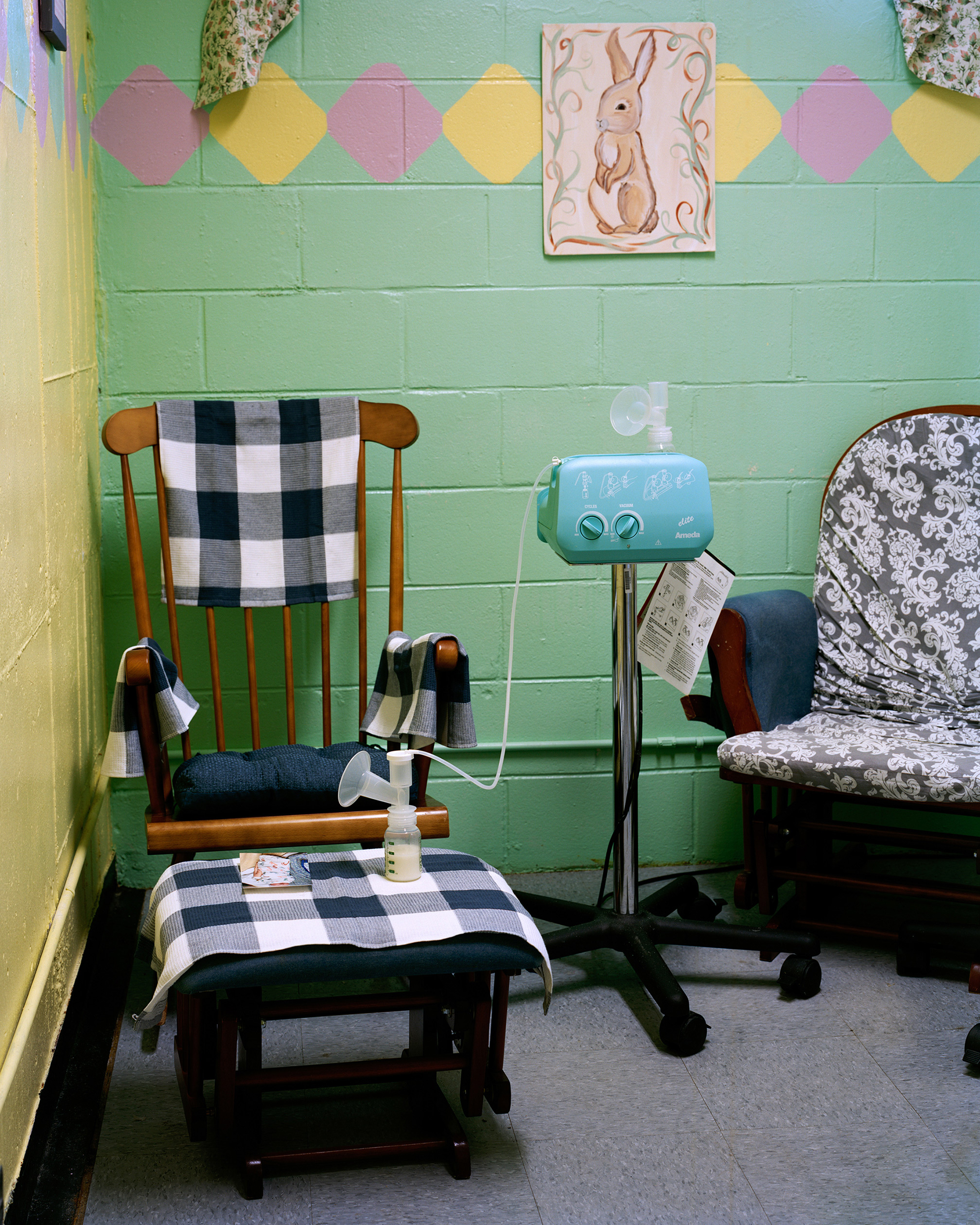
In her photo series and accompanying documentary, both titled “Milk Factory,” Corinne Botz goes inside over thirty American lactation facilities and makeshift spaces for lactating mothers. Her photographs include cheerily decorated lounges, repurposed office spaces, prefabricated lactation pods, boiler rooms, restaurant basements, cafeterias, bathrooms, trains, and pop-up tents. These are “images of solitary rooms that take a collective power through their accumulation,” says Botz. “Seldom is any space simultaneously so utilitarian and emotionally charged.” The collection serves as a testament to the widely varied working conditions of American mothers.
The project started as a personal record of Botz’s early experience as a mother when she photographed the oddly sparse room in which she pumped at the John Jay College of Criminal Justice. From there, she traveled across the country to take pictures of lactation facilities in other workplaces, including a California farm, airports, various New York schools, and the Julia Tutwiler Prison for Women in Alabama.
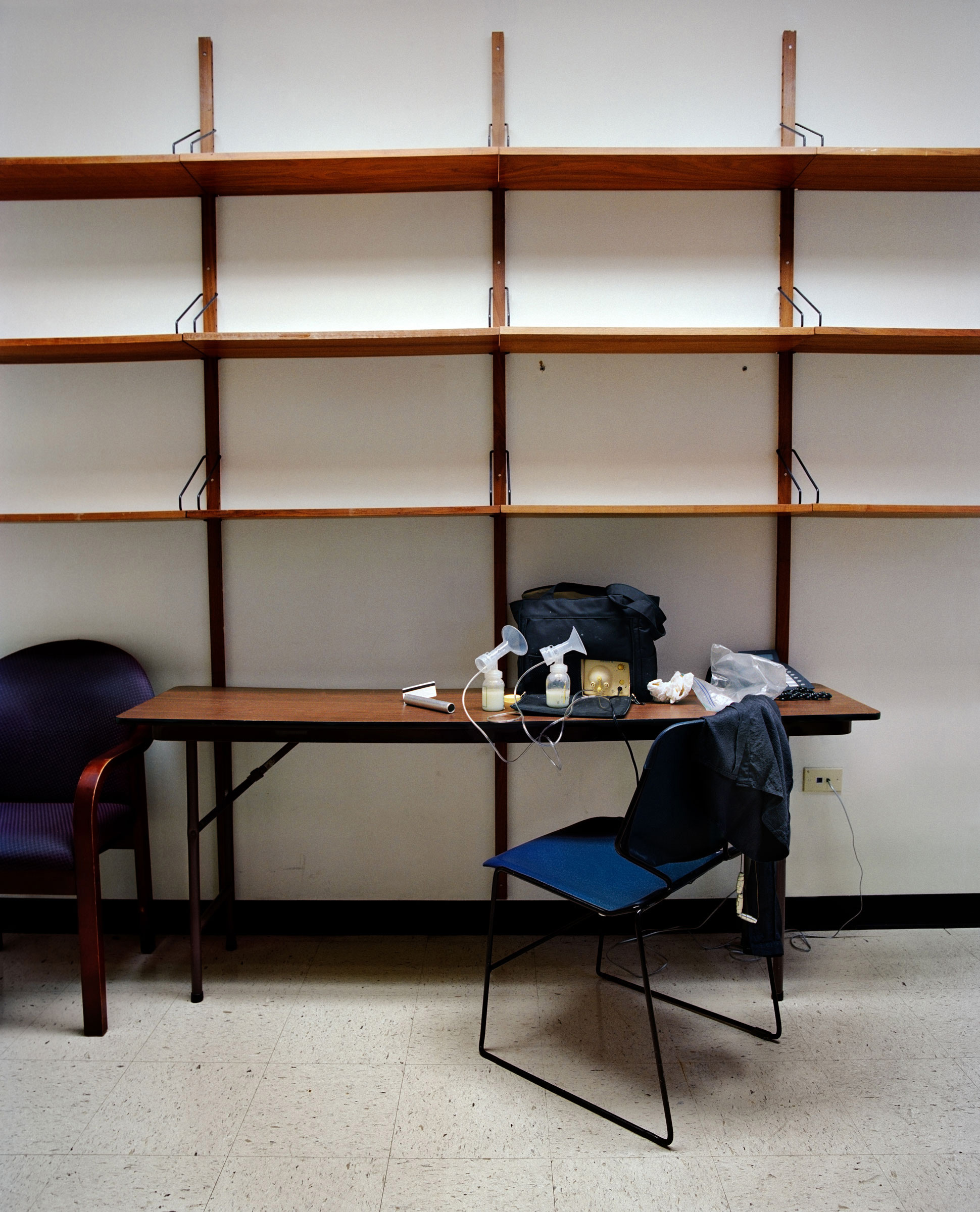
Botz’ images reflect the contradictions inherent in contemporary parenthood. The title Milk Factory underlines that lactation is a form of labor, even if federal law conceptualizes it as a break from work, which employers are not required to compensate. Breastfeeding is not cost free. It can be painful; requires time, know-how, and equipment; and has an opportunity cost. Maternal and infant health advocate Kimberly Seals Allers calculated that “at a proposed federal minimum wage of $15 per hour” lactating women would receive “$16,200 for six months of exclusive breastfeeding.” In practice, sociologists Phyllis Rippeyoung and Mary Noonan have shown that the longer women breastfeed, the more severe and prolonged the earning losses they suffer.
What does it mean when people are expected to breastfeed and yet to do it in secluded multi-user lactation rooms, like the Longworth House suite in the Capitol, often double as communal spaces, fostering a sense of camaraderie among new mothers. In the Capitol lounge, women from across the aisle mingle, a rare opportunity in an era of intense divisiveness when cooperation is key to push for legislation benefitting families. Coincidentally, the week Botz was filming, Congress adopted the Federal Employee Paid Leave Act, which now offers 12 weeks of paid parental leave to approximately 2.1 million federal workers.
Botz finished shooting Milk Factory days before the COVID-19 outbreak began in the United States. If lactation rooms arguably bring the home into the workplace, for non-essential workers, the pandemic had the reverse effect: bringing the workplace into the home. “The pandemic underscored the systemic failings and institutional barriers that largely effect women, especially women of color and working parents, and the need for policy change,” Botz says. “It’s an ideal moment to reimagine a more just way of living and working.” Perhaps the next major parental leave reform will grow from discussions and coalitions forged in the Capitol and other lactation rooms nationwide.
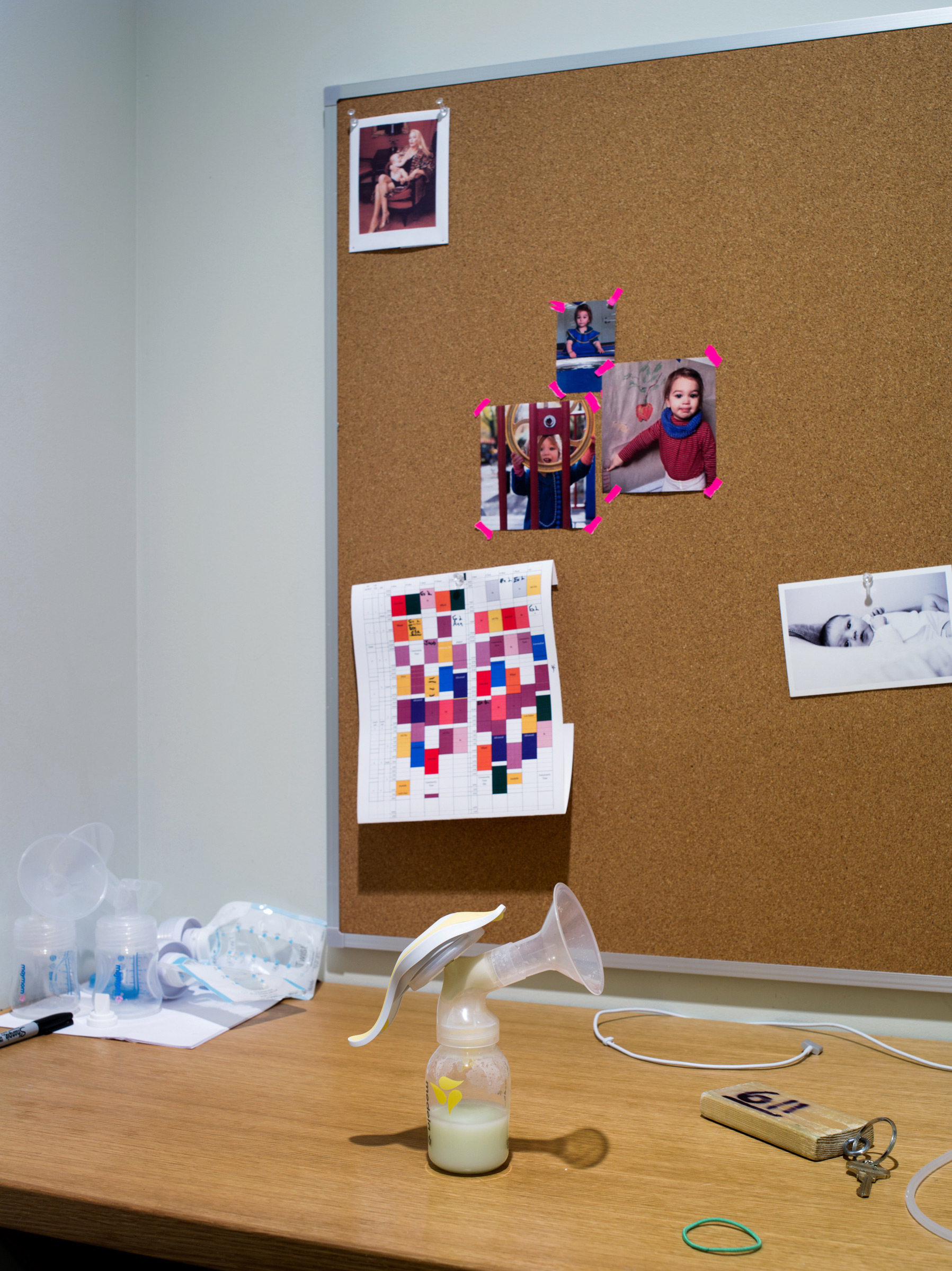
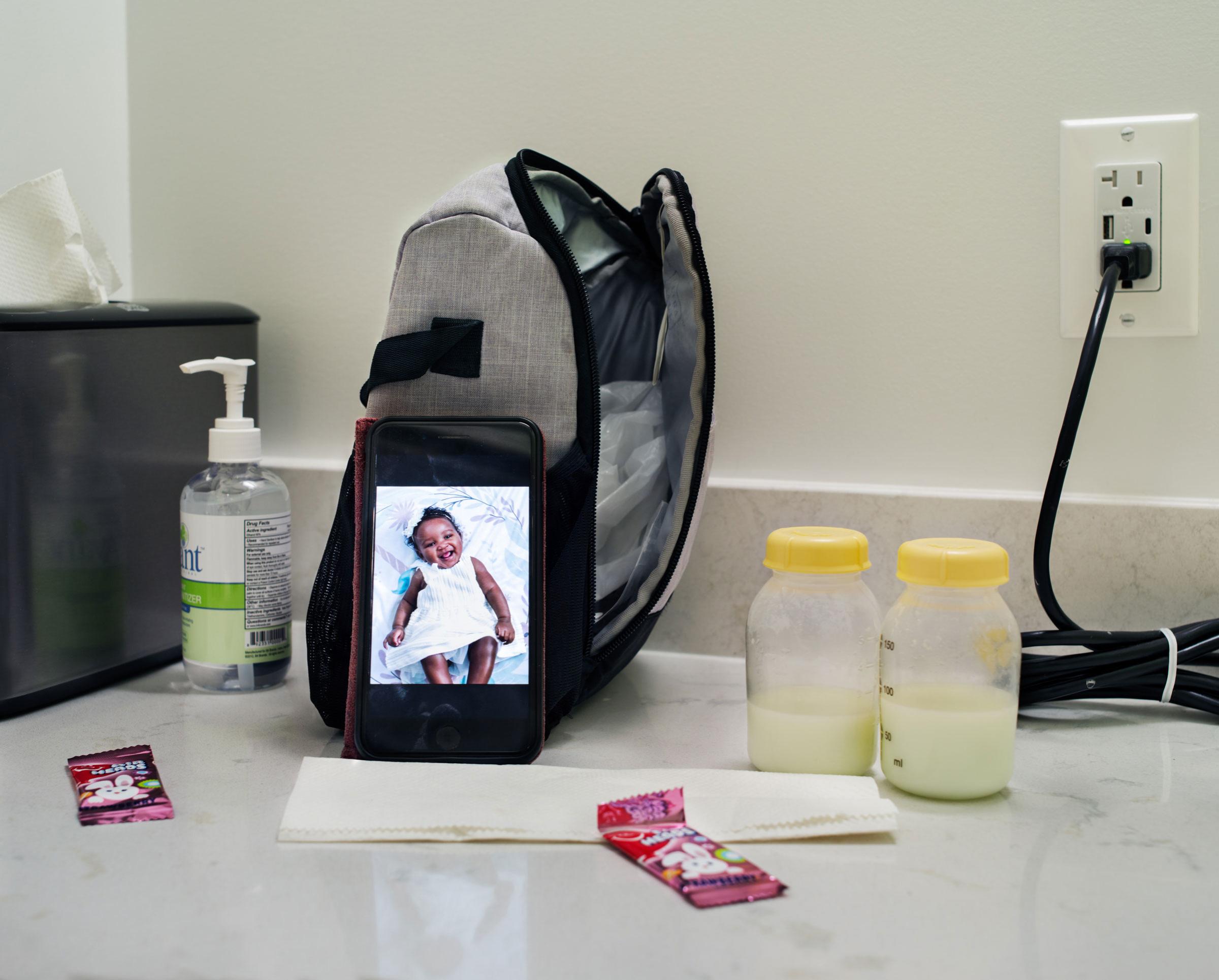
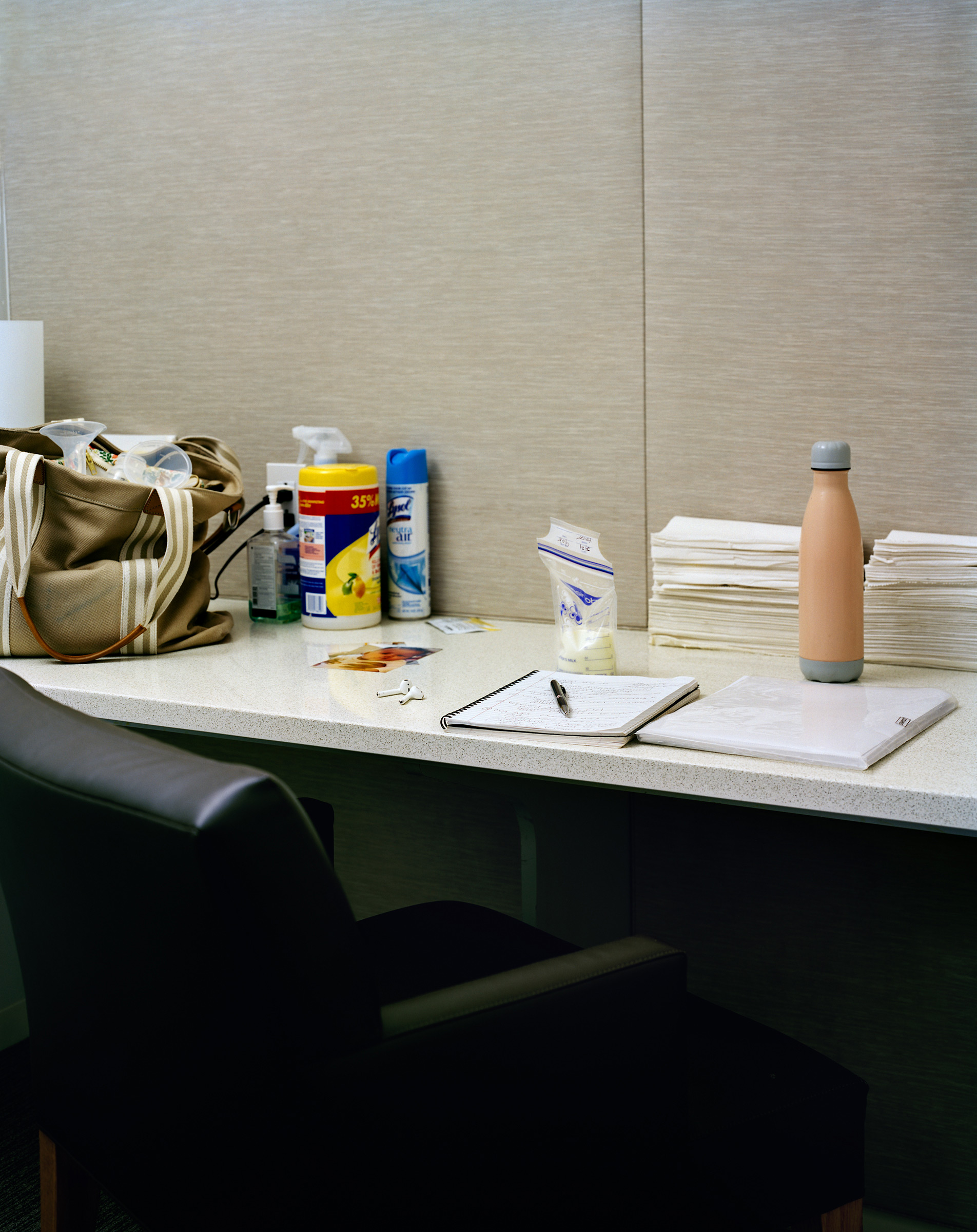
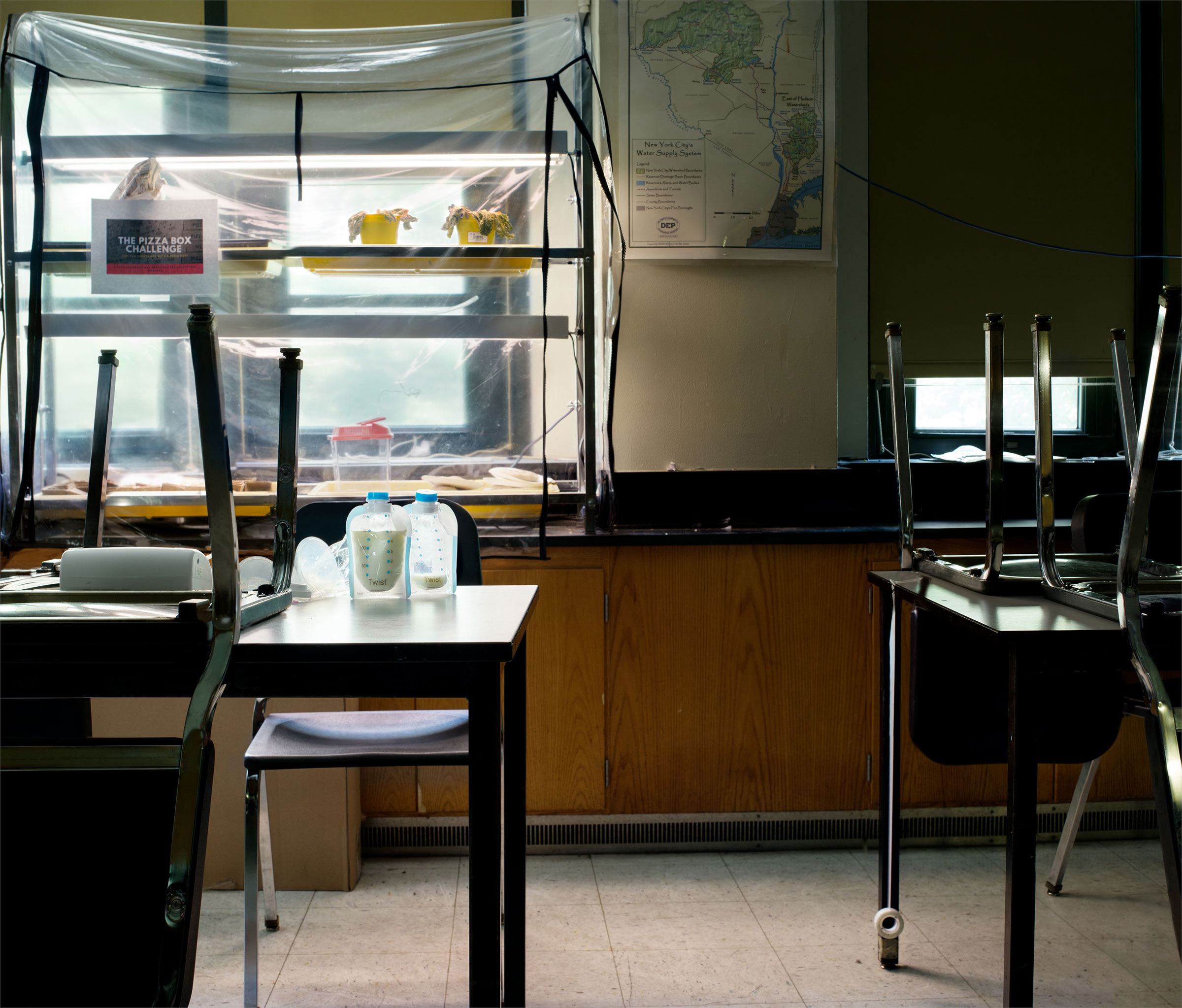
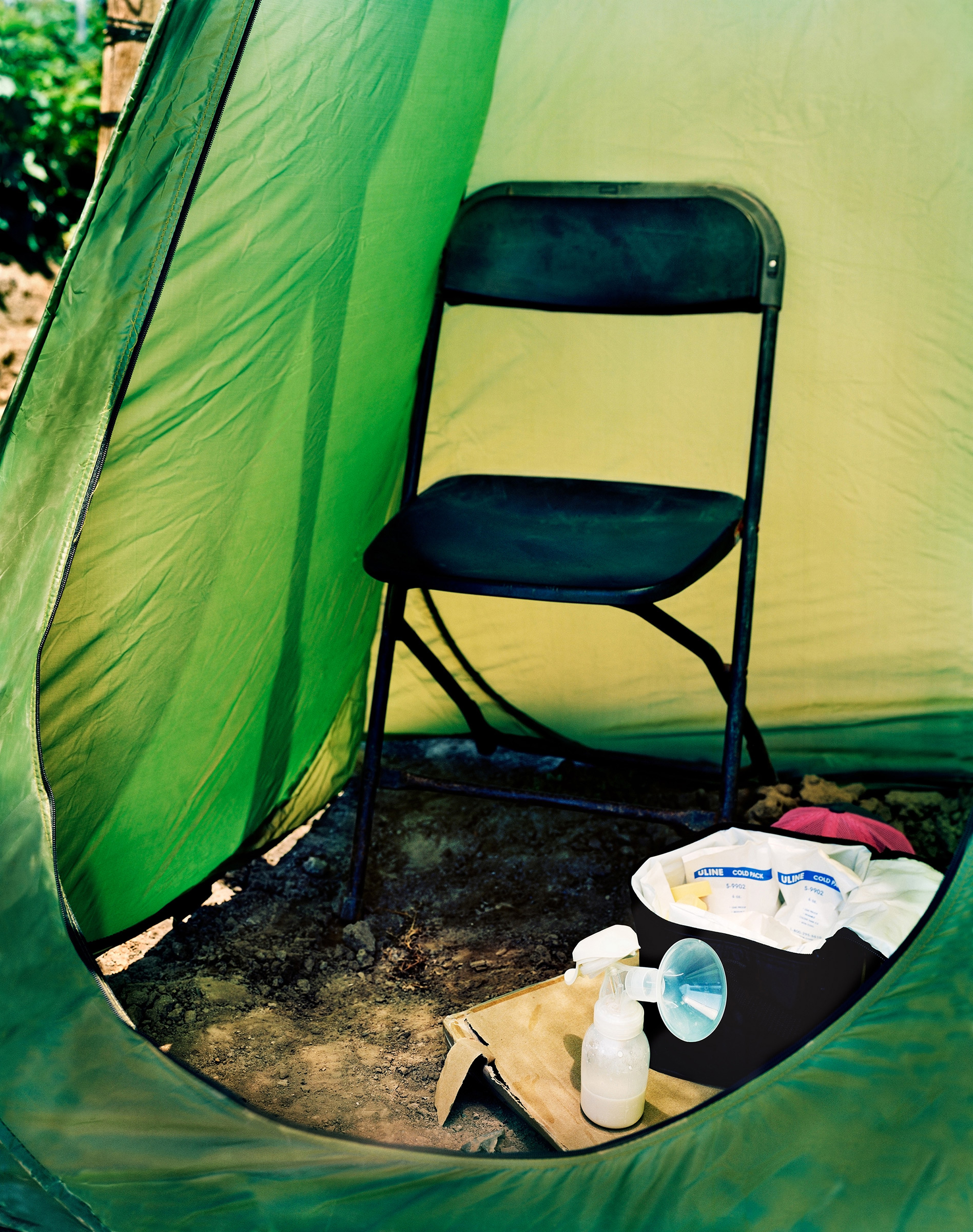
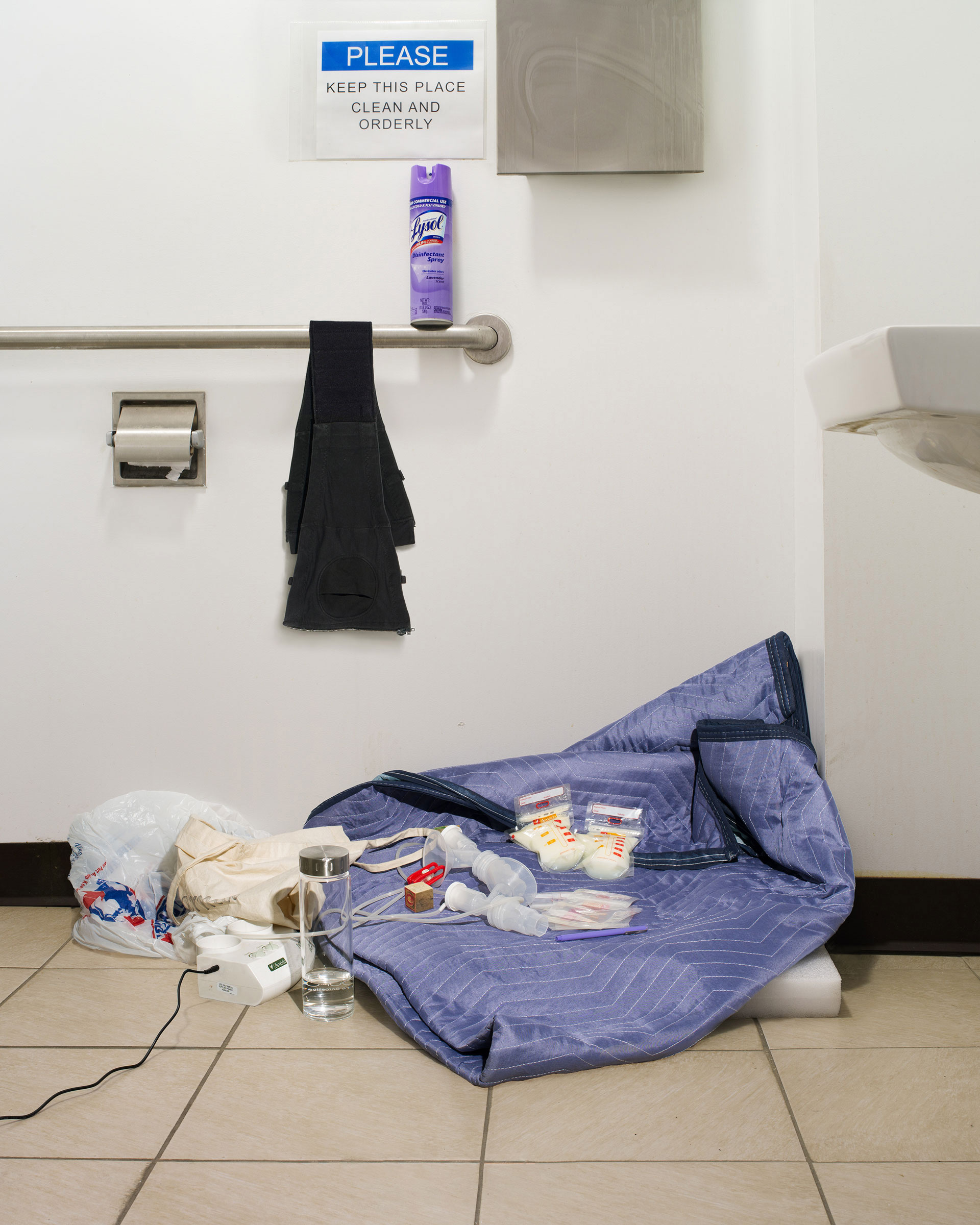

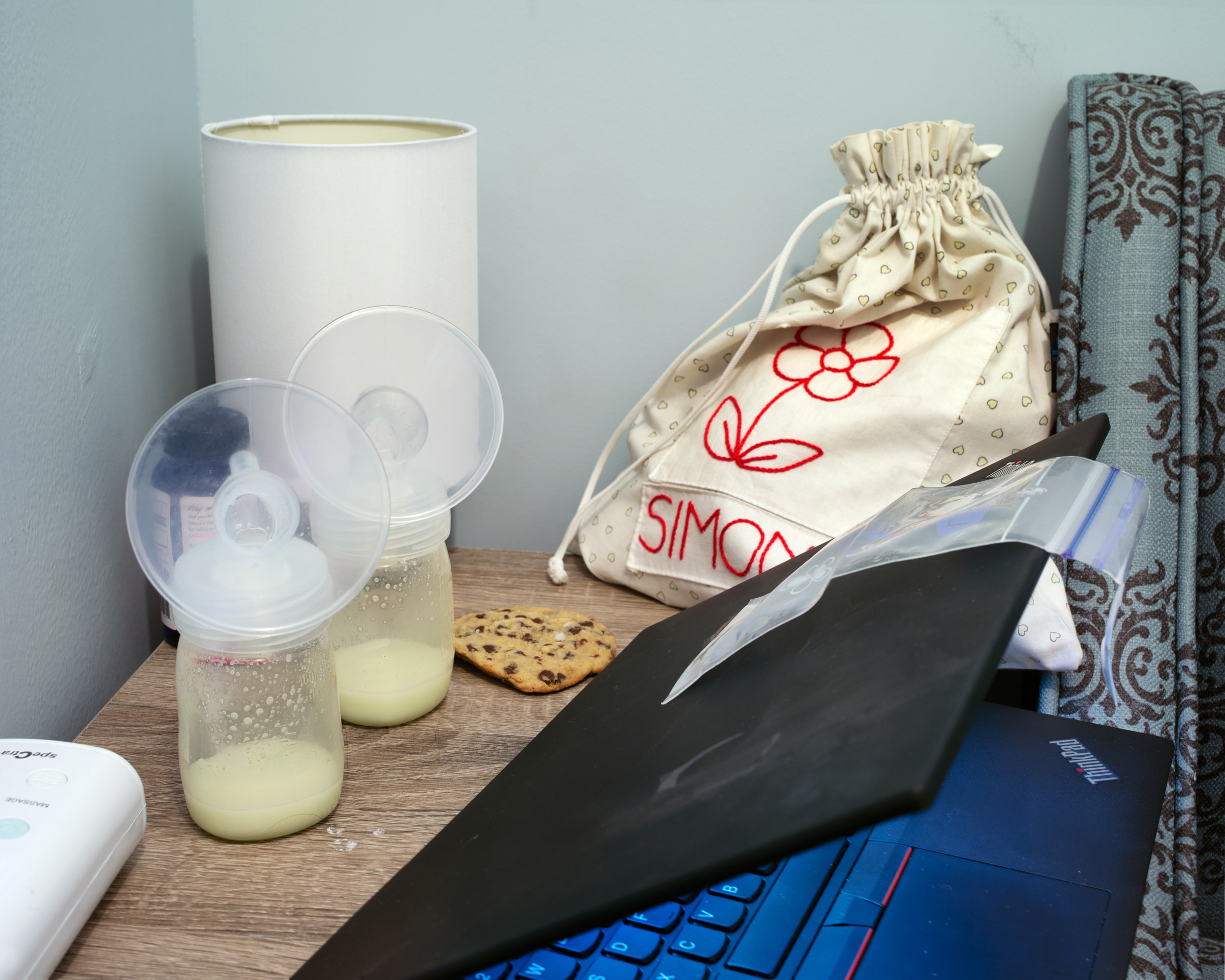
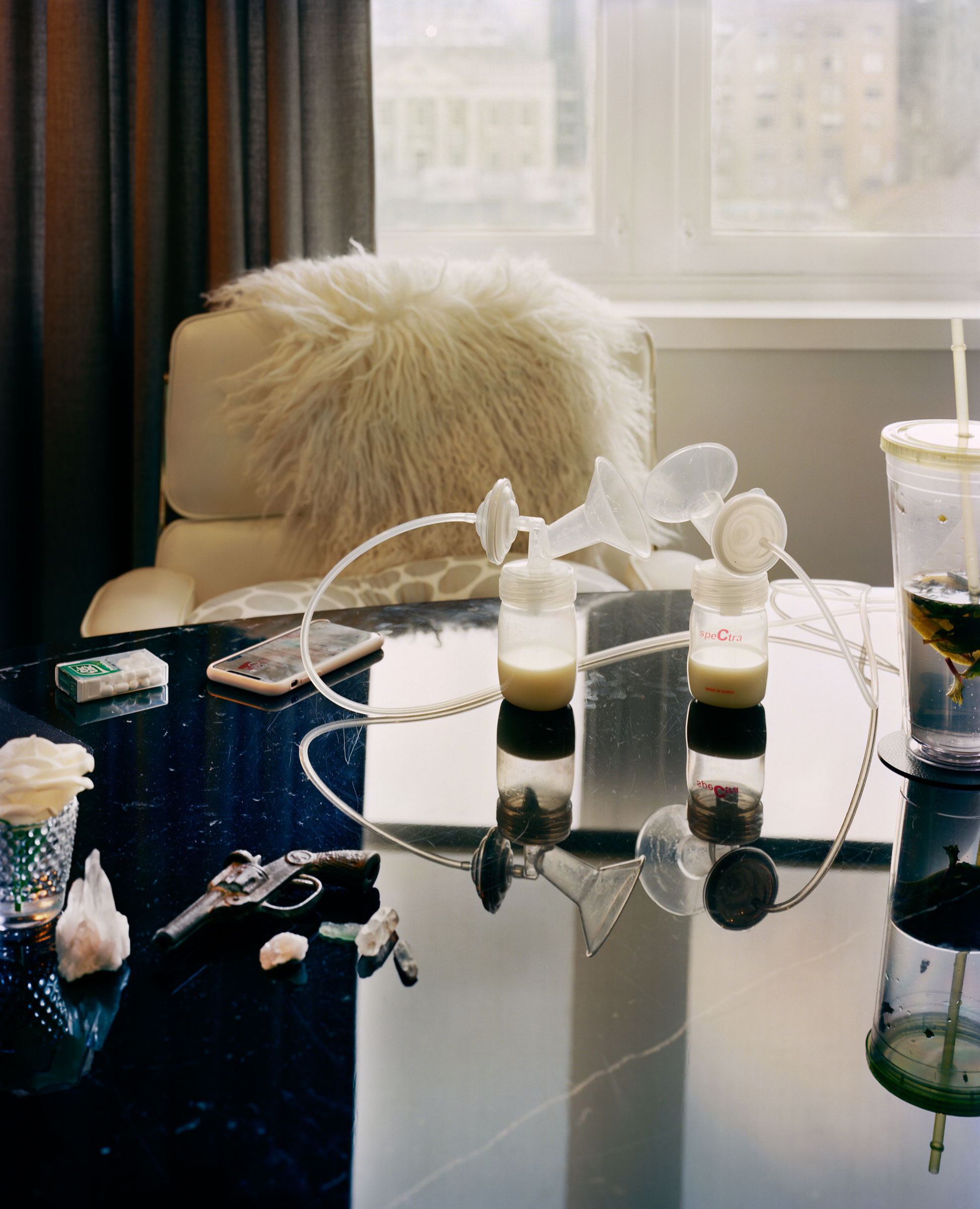

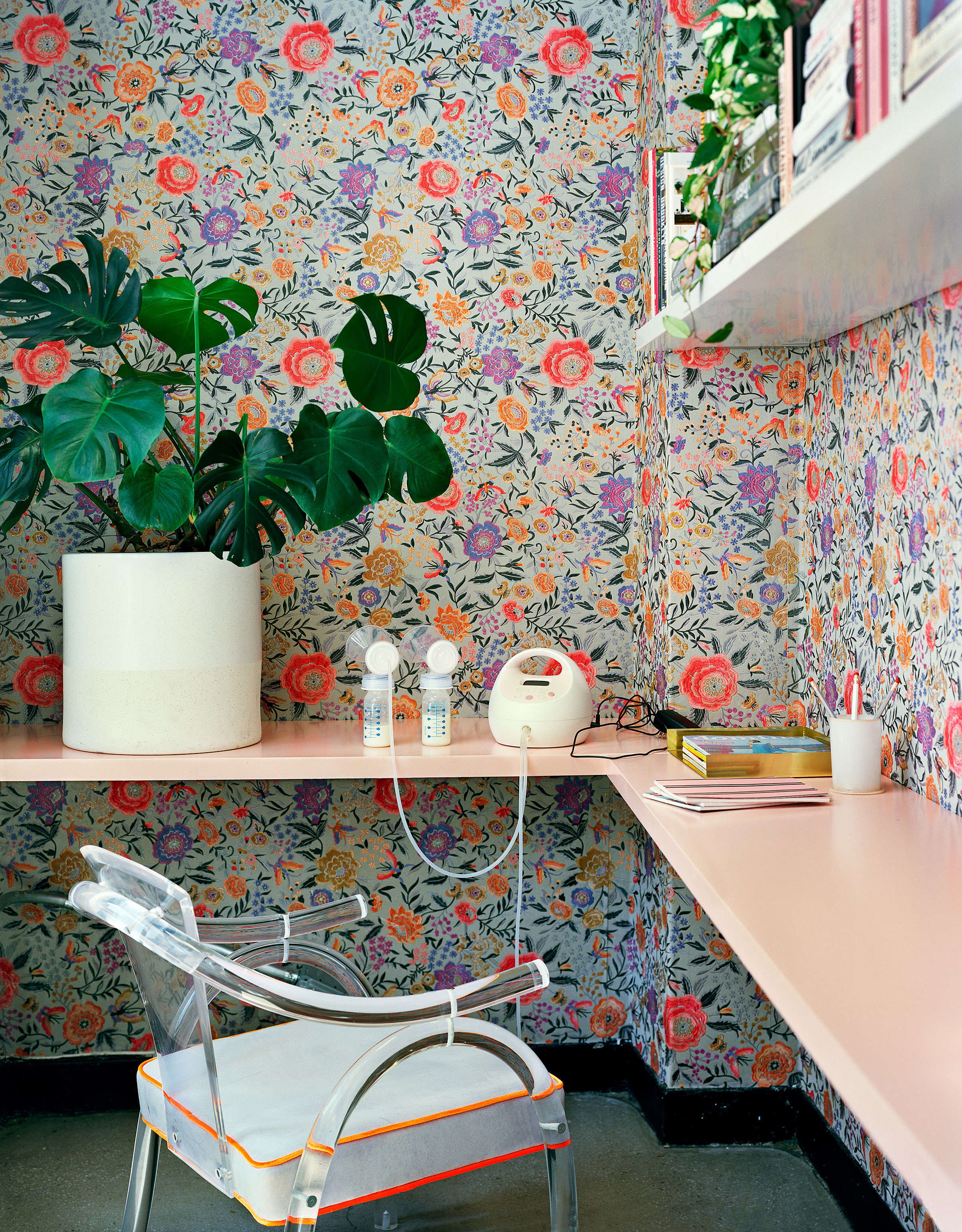
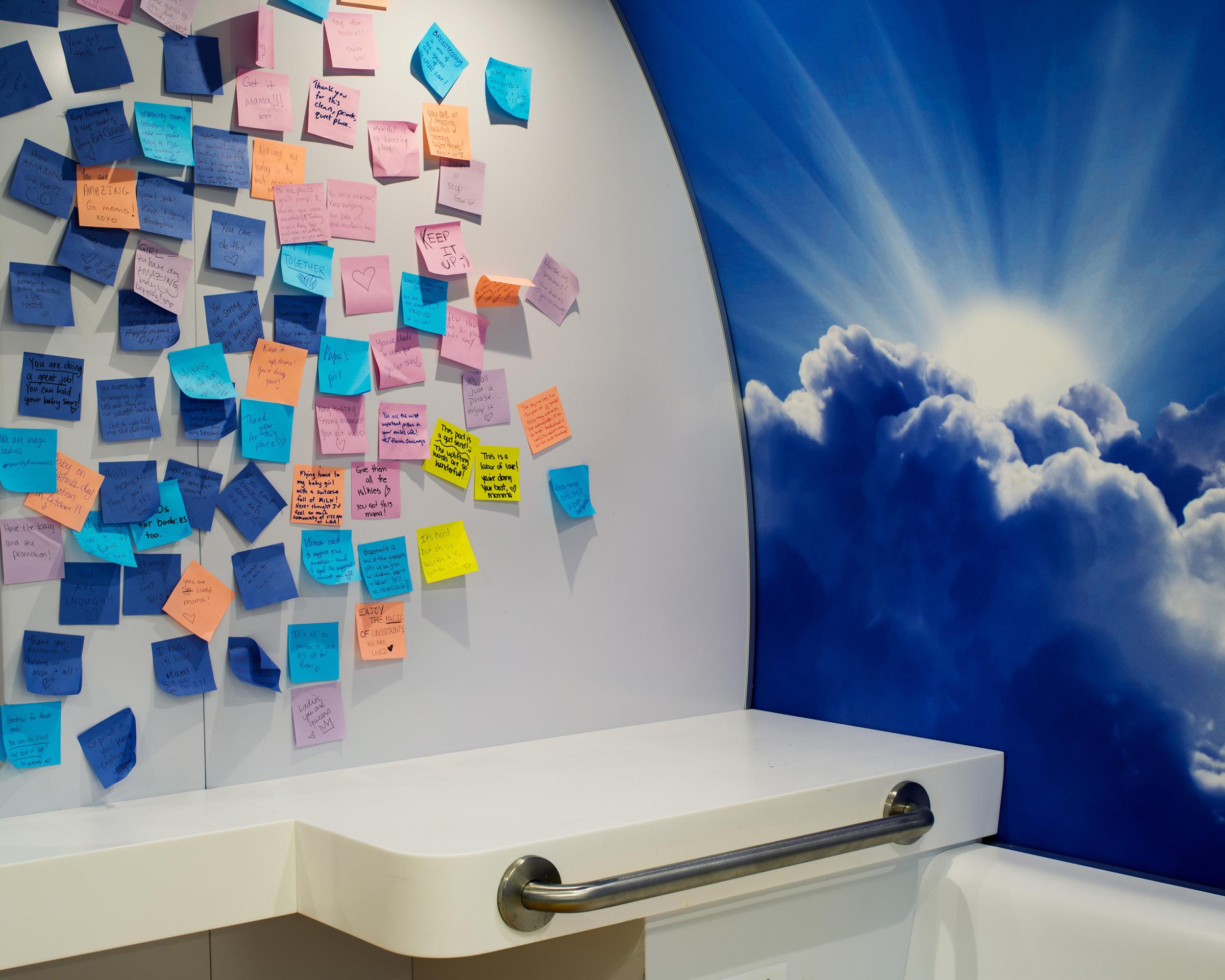
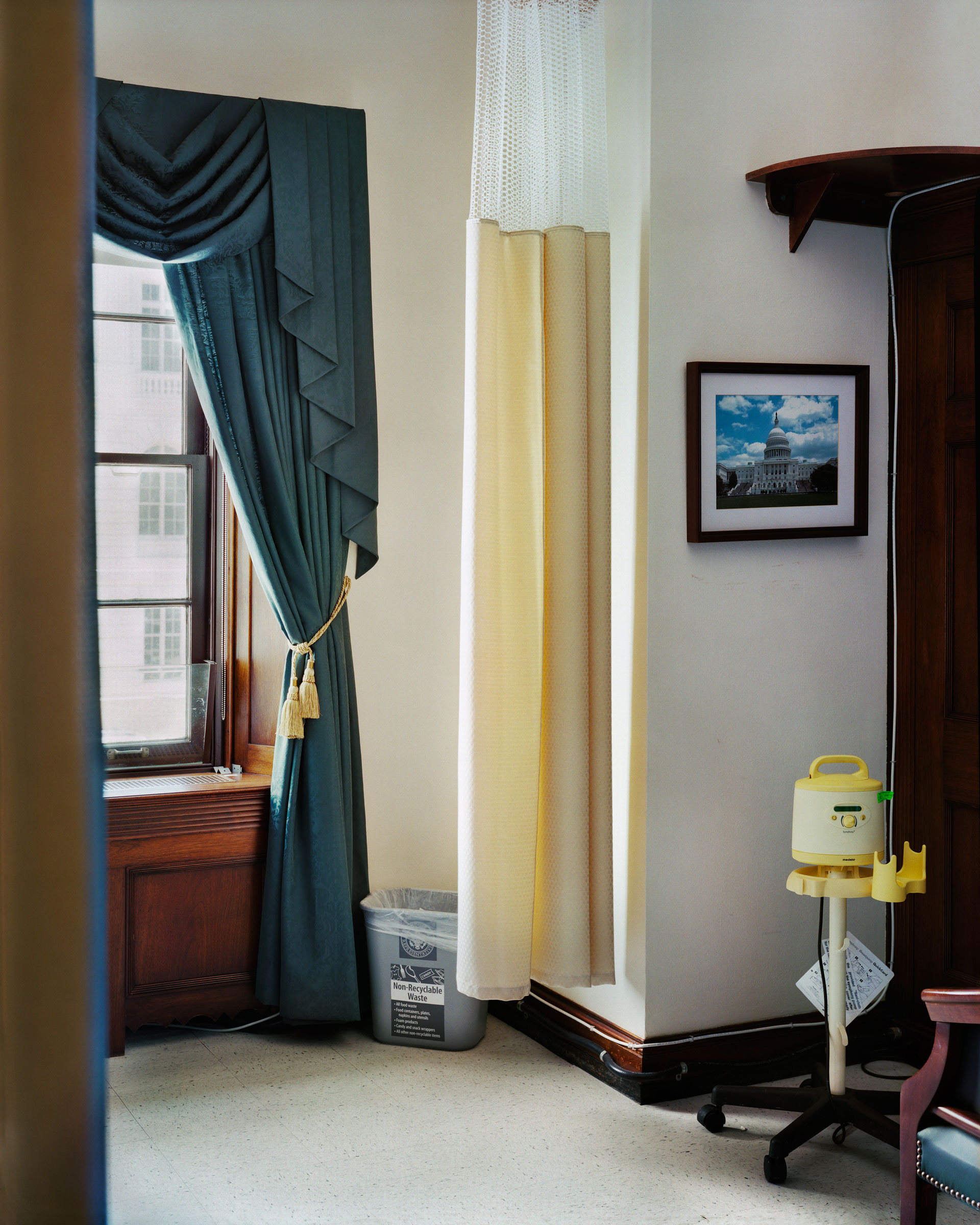
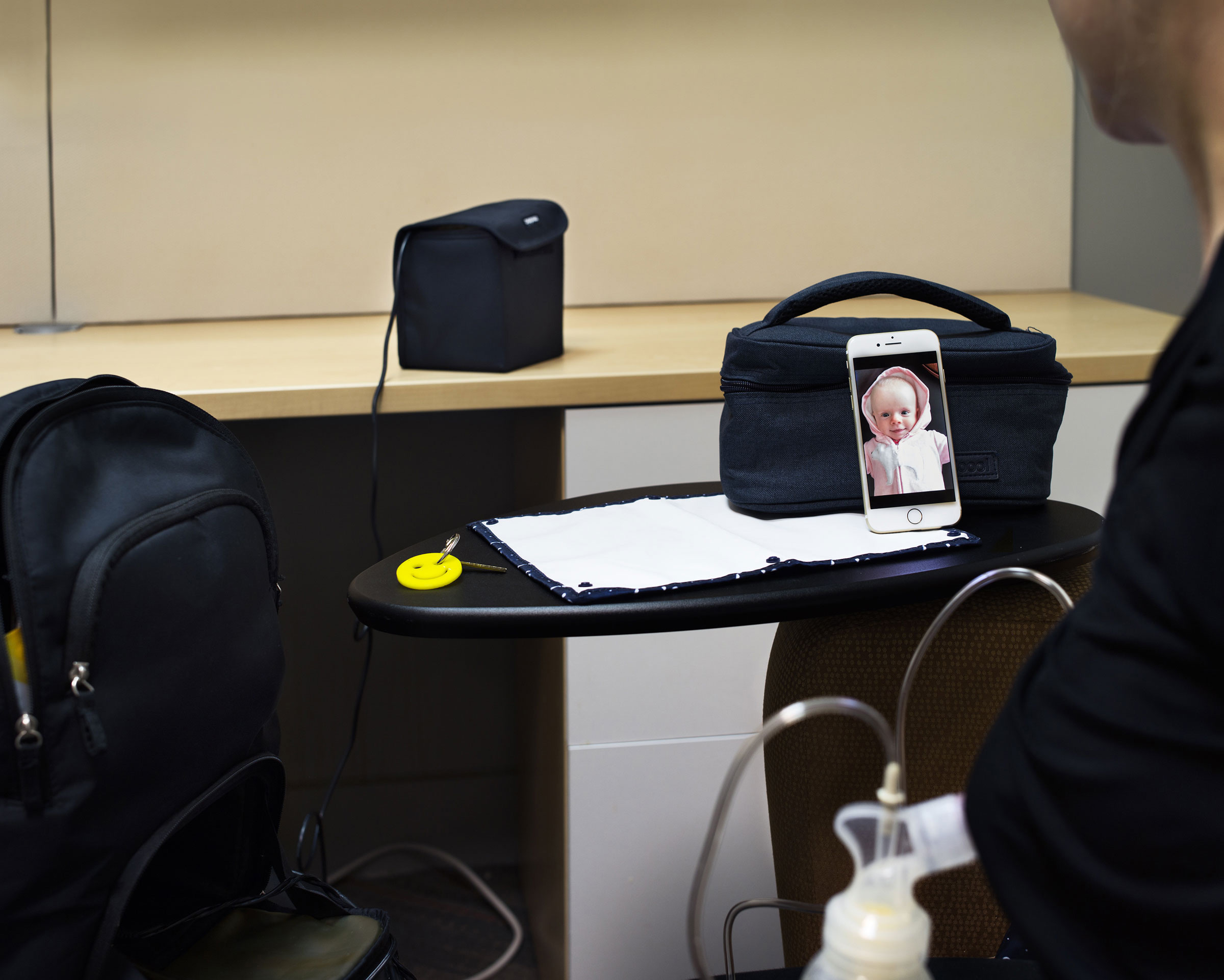

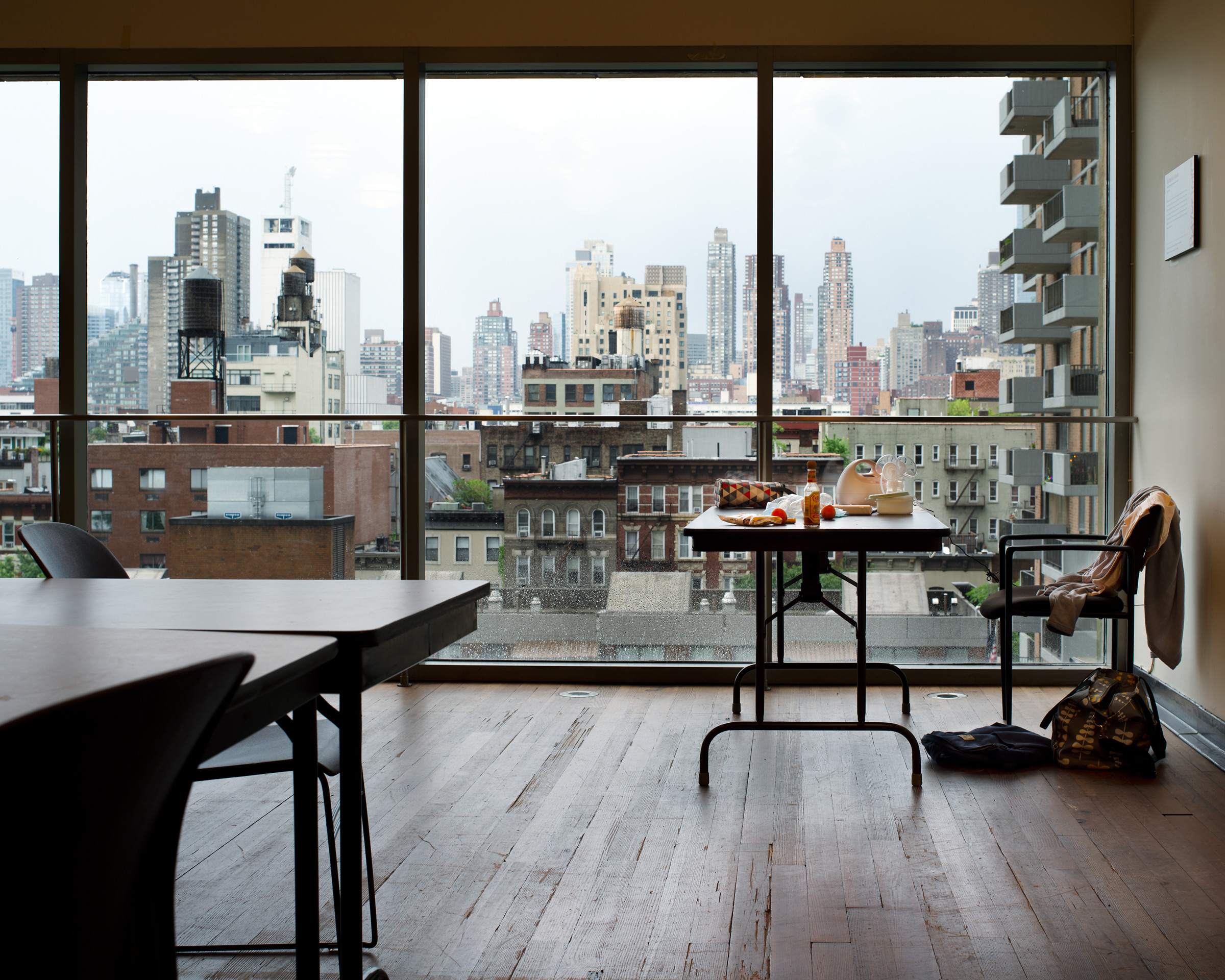
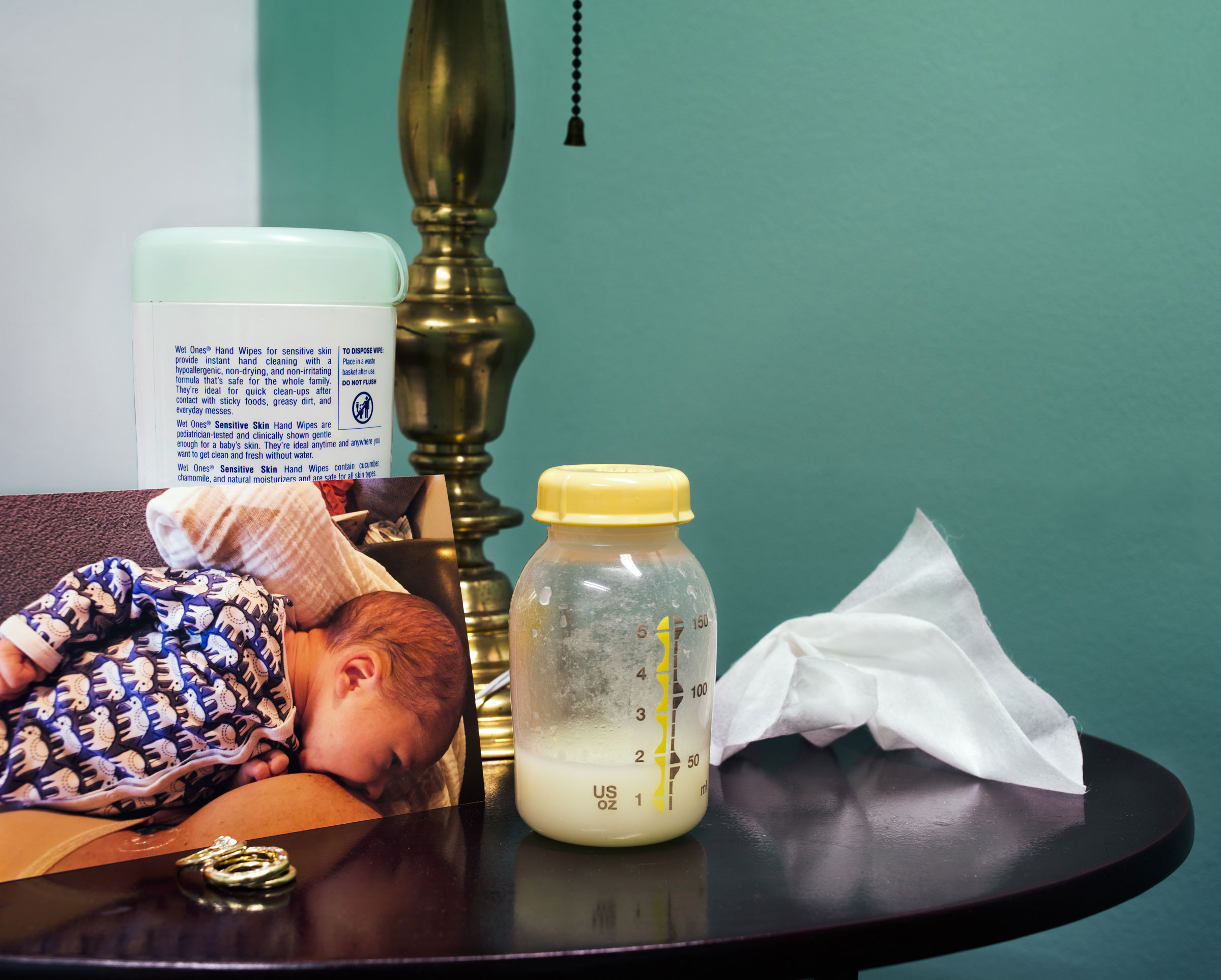
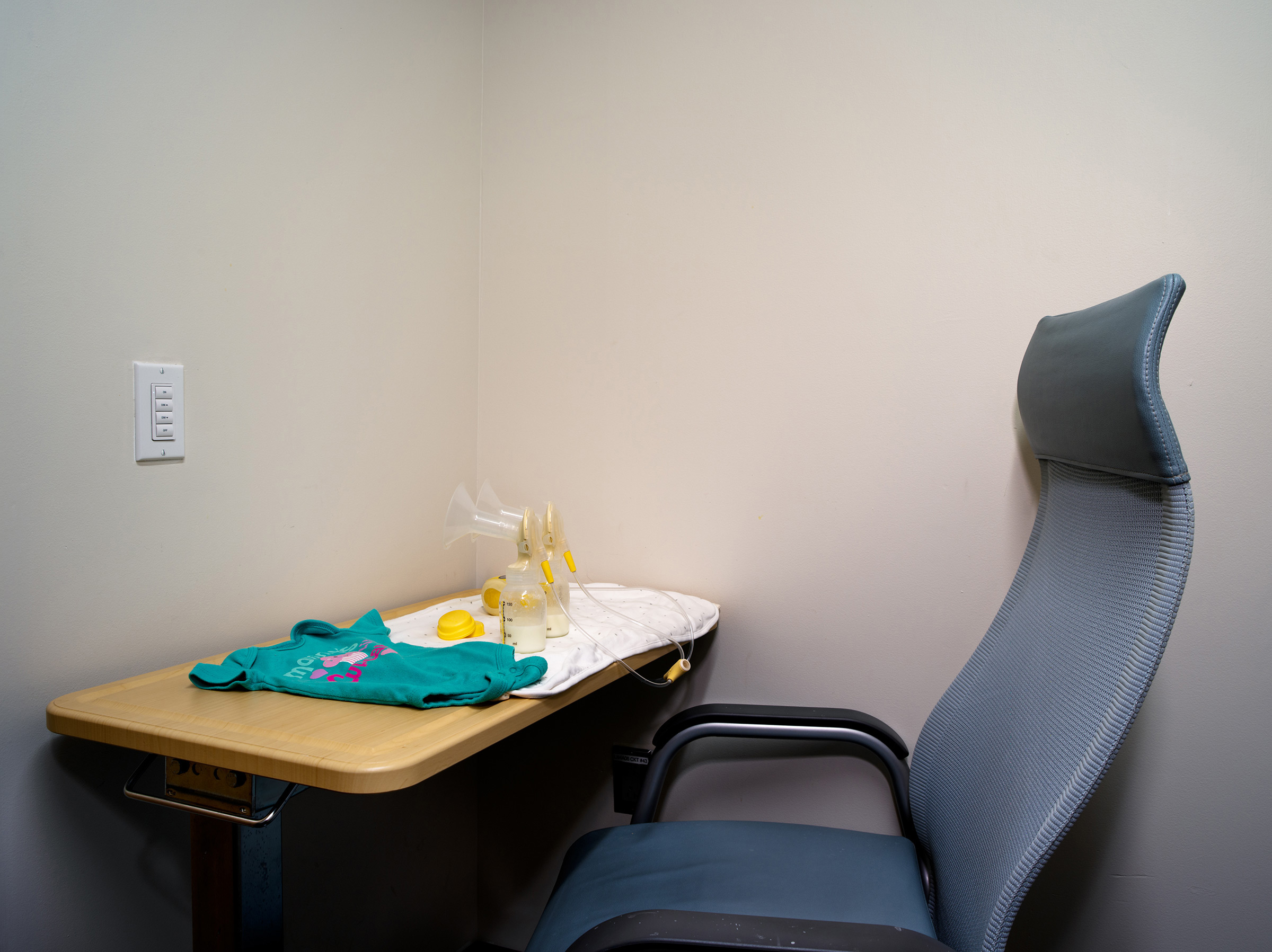
More Must-Reads from TIME
- Cybersecurity Experts Are Sounding the Alarm on DOGE
- Meet the 2025 Women of the Year
- The Harsh Truth About Disability Inclusion
- Why Do More Young Adults Have Cancer?
- Colman Domingo Leads With Radical Love
- How to Get Better at Doing Things Alone
- Michelle Zauner Stares Down the Darkness
Contact us at letters@time.com